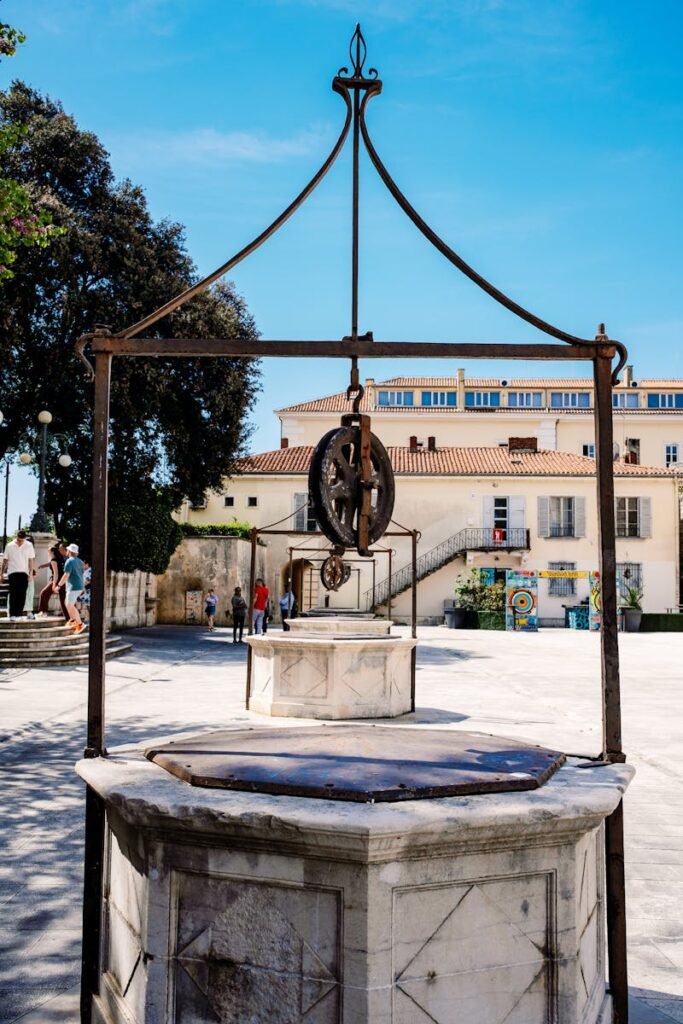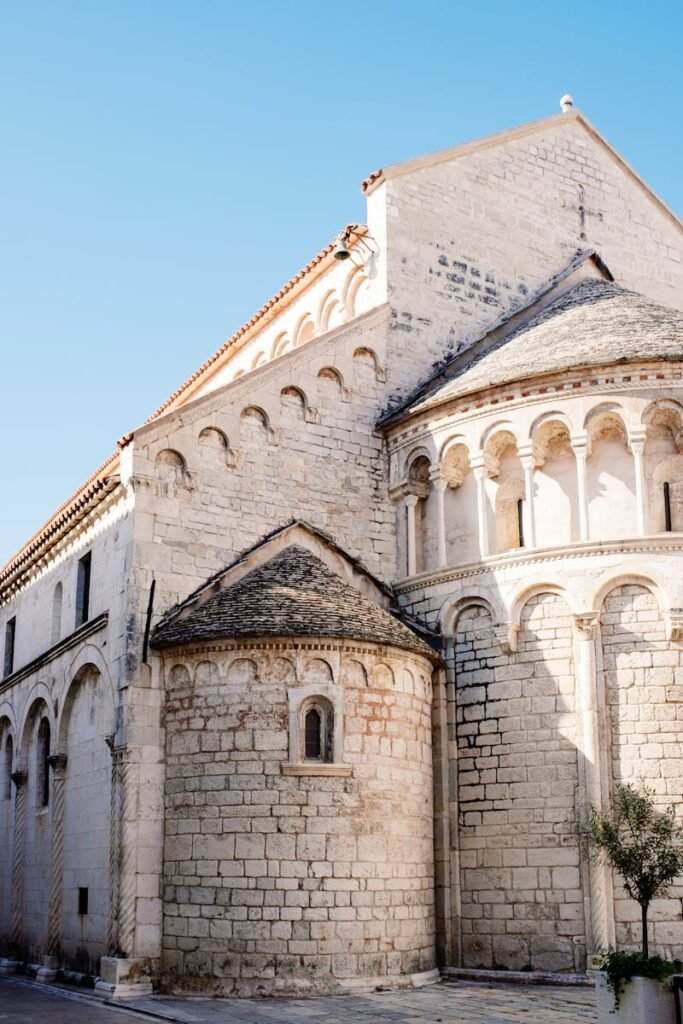Zadar, located on the Adriatic Sea coast, is one of the oldest cities in Croatia with a fascinating history spanning over 3000 years. As a significant historical center, Zadar is rich in cultural and architectural landmarks that testify to its long and diverse heritage. The city is known for its unique blend of ancient, medieval, and modern elements, making it an attractive destination for visitors of all interests.
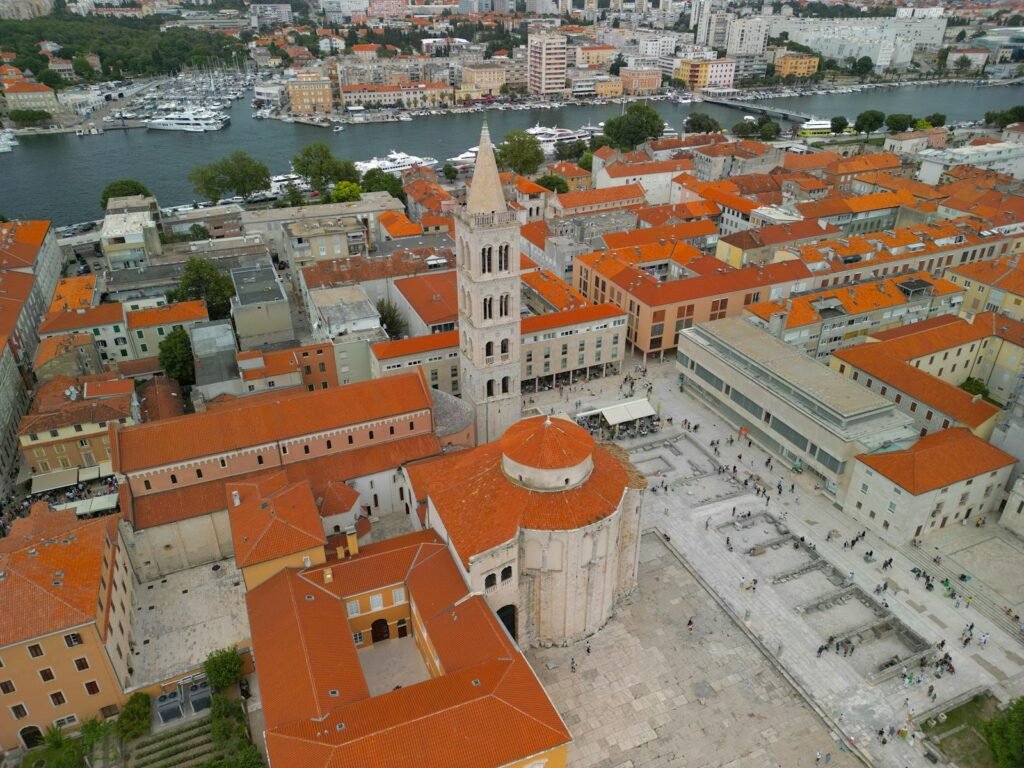
The Church of St. Donatus and Roman Forum
One of Zadar’s most famous symbols is the Church of St. Donatus, dating from the 9th century, and distinguished by its circular architecture, which is rare in Europe. This church, originally dedicated to St. Donatus, is now one of the most important cultural monuments in Zadar. The Roman Forum, built in the 1st century, is also a significant historical site, with ruins that testify to Zadar’s important role during the Roman period.
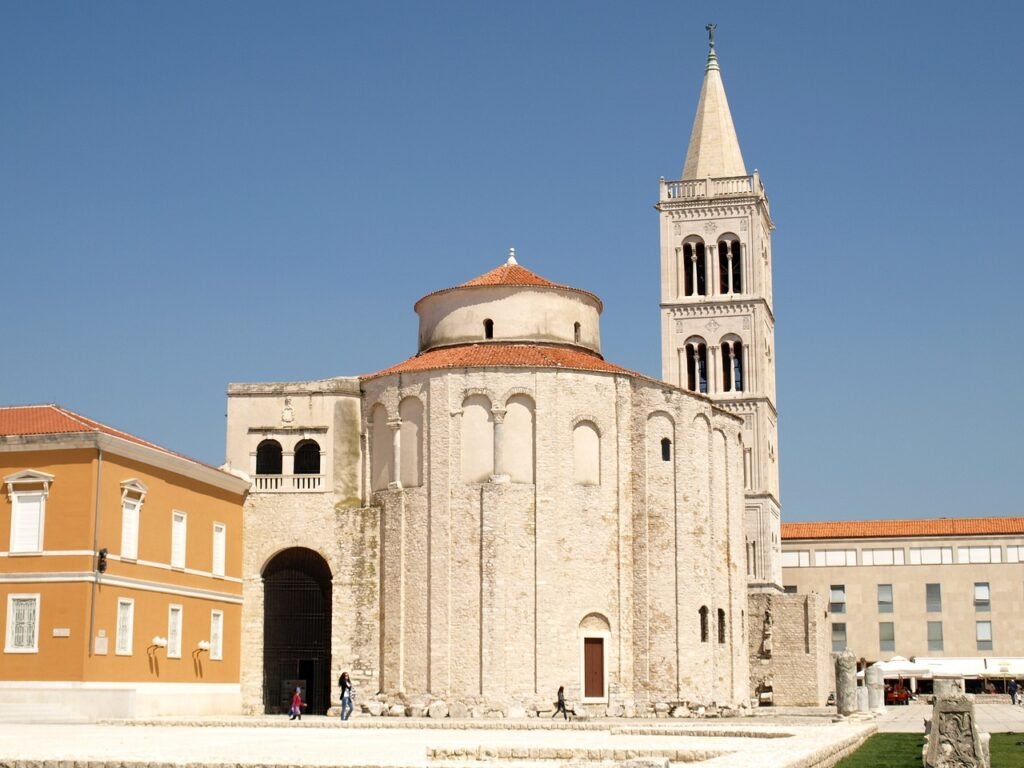
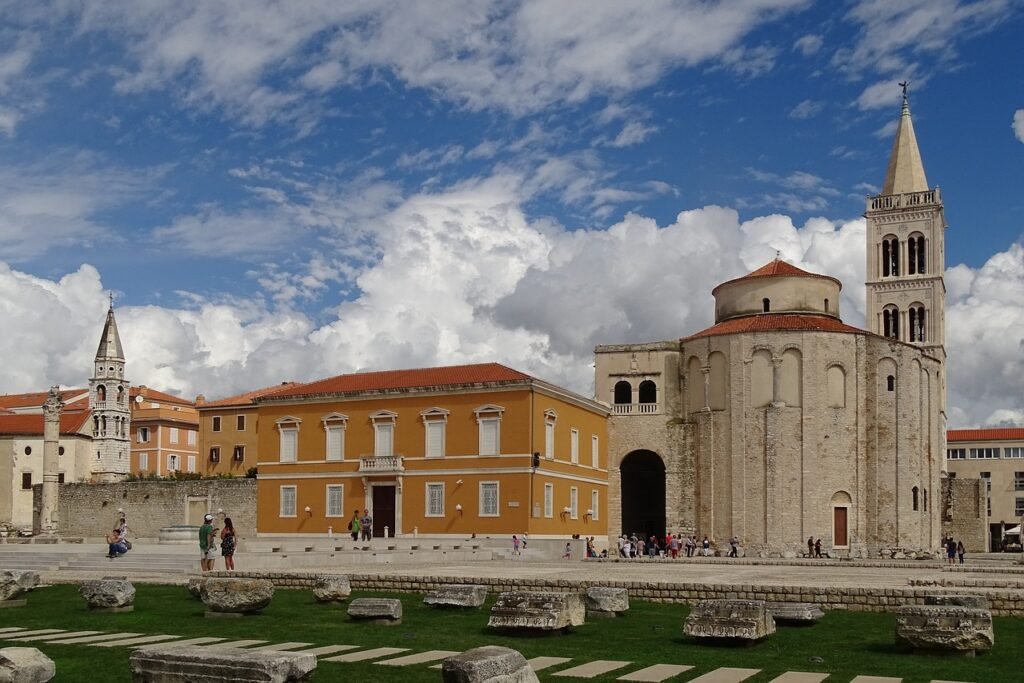
The Sea Organ and Greeting to the Sun
In modern times, Zadar stands out for its innovative artistic installations. The Sea Organ, located along the coast, uses the natural movement of the sea to create musical tones, providing a unique and soothing experience for visitors. The Greeting to the Sun, a large light installation that activates with the sunset, creates beautiful light effects and symbolizes the solar system, adding a modern touch to the city’s historical character.
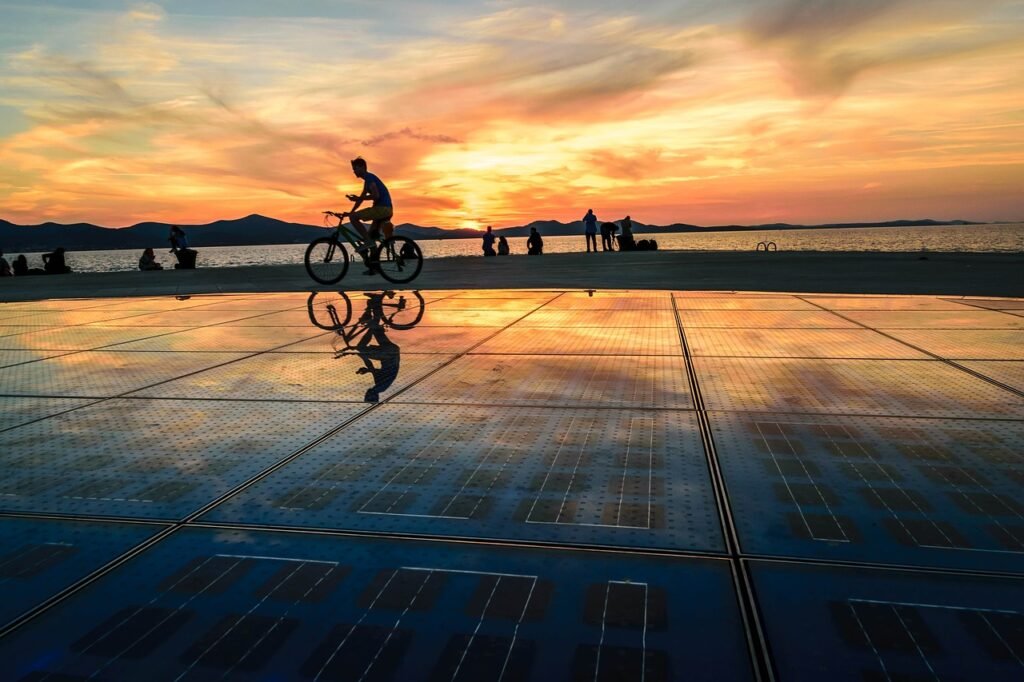

Outdoor Activities and Natural Beauty
Zadar offers numerous opportunities to enjoy natural beauty and outdoor activities. The city’s beaches are diverse, with sandy and pebbly options, and the most popular beaches include Kolovare, Borik, and those on nearby islands. For nature enthusiasts, the proximity of national parks such as Kornati and Paklenica provides opportunities for sailing, hiking, and other outdoor activities.
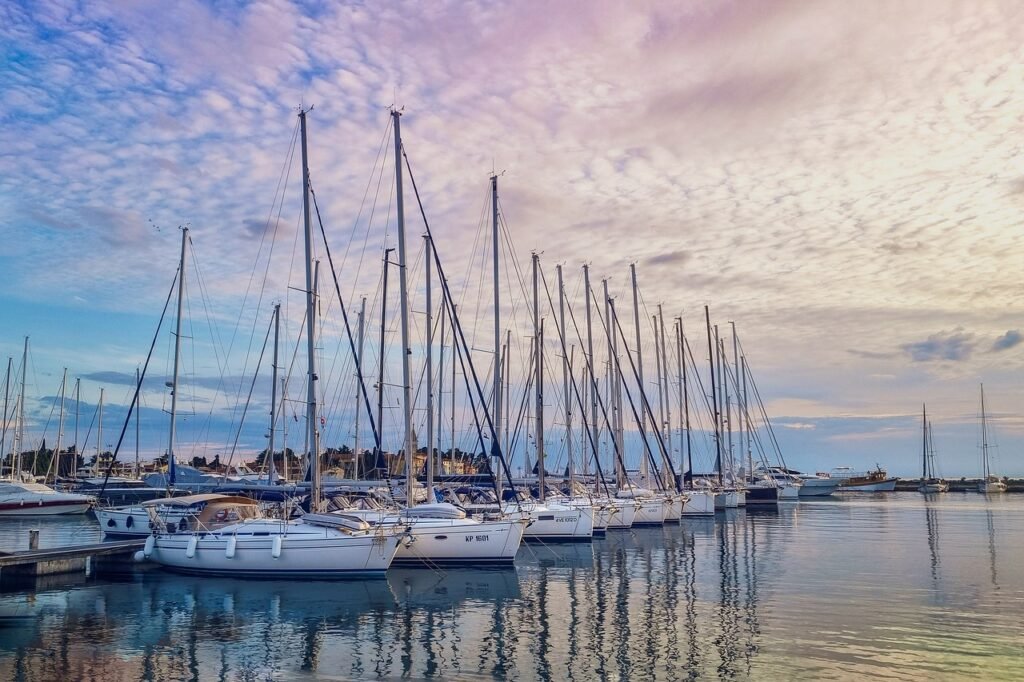

Accommodation Options
When it comes to accommodation, Zadar offers a wide range of options. Three-star hotels typically range from 80 to 150 euros per night, while luxury hotels with 4 or 5 stars can reach prices of 200 euros or more. For more budget-friendly options, apartments are available from 50 to 120 euros per night, while hostels offer accommodation starting at 20 euros.


Dining in Zadar
Food in Zadar is also diverse, with numerous restaurants offering Mediterranean cuisine. A meal at a mid-range restaurant usually costs between 10 and 20 euros, while specialties such as fresh fish and seafood are more expensive, around 15-25 euros. Coffee in a café costs between 1.50 and 2.50 euros, while beer prices range from 3 to 5 euros for a half-liter.
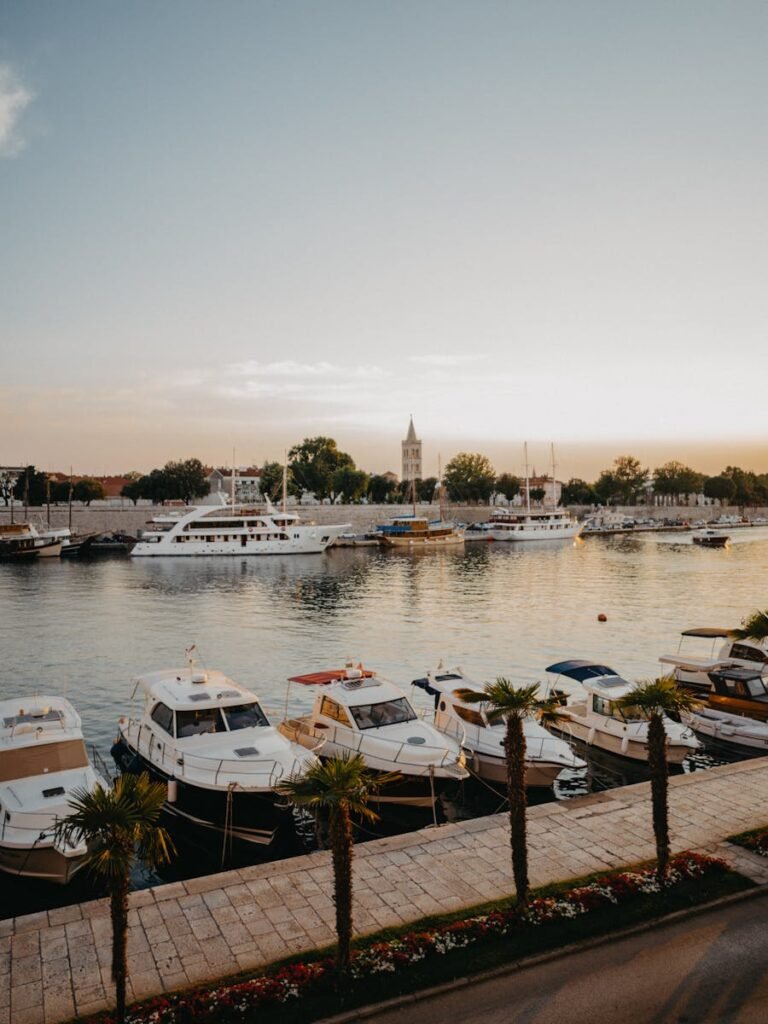
Beach and Attraction Costs
Beaches in Zadar are mostly free, but renting a sunbed or umbrella can cost between 5 and 10 euros per day. Entrance fees for museums and historical sites usually range from 5 to 10 euros, while excursions to national parks like Kornati or Krka can be around 30 to 50 euros.
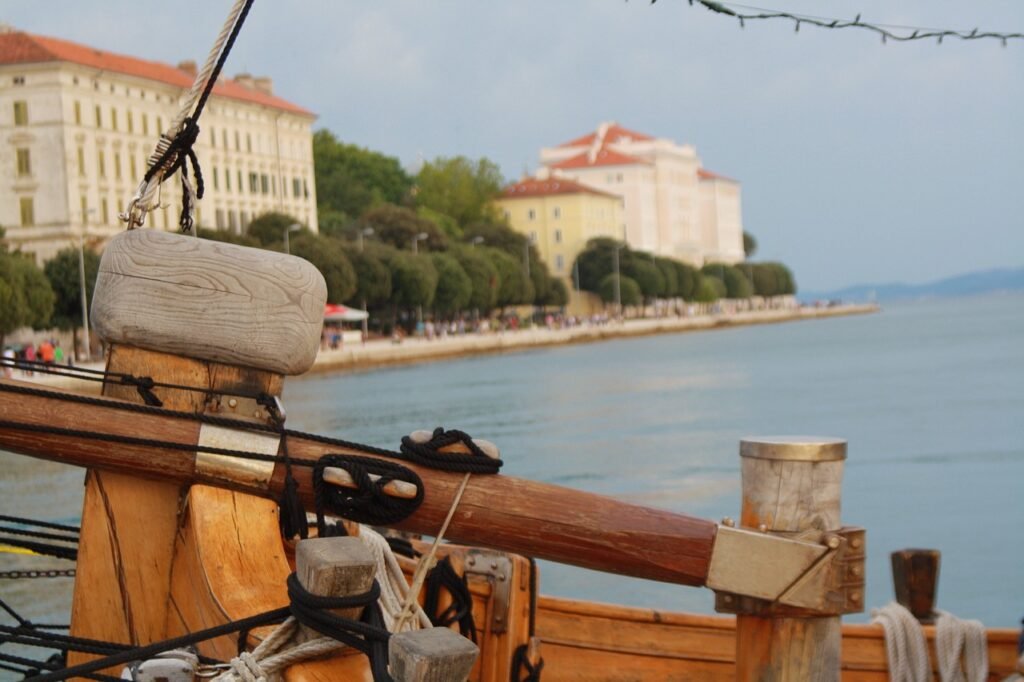

Zadar’s Maraschino Liqueur
Zadar is also known for its unique liqueur, Maraschino, which was first produced by Zadar friars in the 16th century from the marasca cherry. This liqueur quickly gained popularity among European royal courts, including Napoleon and Queen Victoria, and is still appreciated as a special souvenir.

Best Time to Visit
The city is ideal for visiting during the summer season, from May to September, when temperatures reach 25-30 °C, and the city hosts numerous festivals, cultural events, and concerts. Zadar offers a perfect balance between history, culture, nature, and modern innovations, providing an unforgettable experience with a touch of tradition and modernity.
